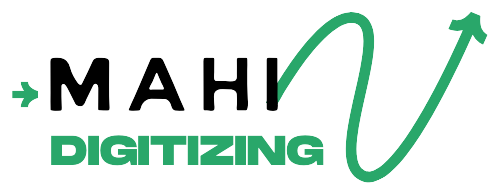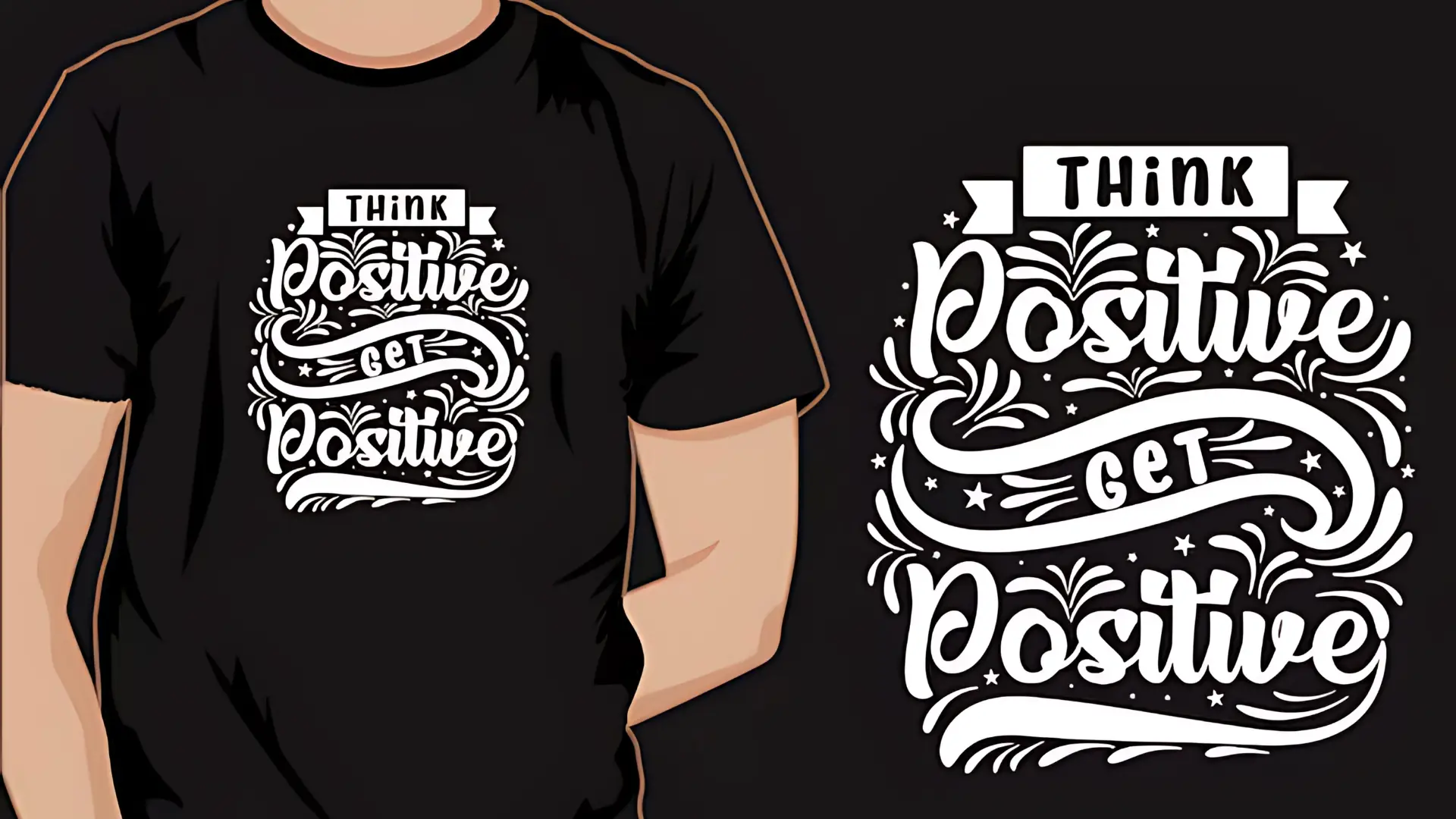What is Vectorization and Why is it Important?
Vectorization is the process of converting raster images (JPEG, PNG) into scalable vector graphics (SVG, AI, EPS). Unlike pixel-based images, vector files maintain sharpness regardless of size, making them ideal for logos, prints, and embroidery.
A raster logo loses clarity when enlarged, leading to pixelation. With vector graphics, businesses can ensure their branding remains crisp and professional across all marketing materials, from business cards to billboards.
At Mahi Digitizing, we specialize in transforming low-resolution images into high-quality vector files for branding and apparel applications.
The Impact of Vectorization on Logo Design
A well-designed logo is a crucial element of brand identity, and vectorization ensures its adaptability across multiple platforms. Whether used on a website, product packaging, or advertising materials, a vector logo maintains its sharpness and visual appeal.
Vector graphics also simplify color adjustments and modifications, allowing businesses to create multiple variations of their logo without compromising quality. This flexibility is essential for rebranding, promotional campaigns, and print-ready designs.
Explore our Vectorization Services to convert your existing logos into scalable vector files for better branding opportunities.
Vectorization in Apparel Printing and Embroidery
In apparel design, vectorization plays a key role in producing high-quality prints and embroidery patterns. Screen printing requires vector graphics for precise color separation, ensuring sharp and vibrant designs.
Embroidery digitizing also depends on vectorized artwork to create accurate stitch paths. Without proper vectorization, embroidery designs may appear jagged or lose intricate details, affecting the final output.
For professional embroidery-ready designs, check out our Embroidery Digitizing Services.
Best Practices for Vectorizing Logos and Apparel Designs
To ensure high-quality vector graphics, designers follow best practices such as using high-resolution source images, optimizing line thickness for embroidery, and simplifying overly complex details to improve scalability.
Proper vectorization also involves using appropriate file formats (SVG, AI, EPS) and adjusting paths for smooth curves and precise scaling. These factors ensure that designs maintain their intended appearance across all applications.
Looking for expert vectorization? Visit our Custom Patches section to see how vector graphics enhance embroidered patches and printed designs.
Future Trends in Vectorization and Digital Design
As digital design tools evolve, AI-driven vectorization is making the process faster and more precise. Advanced software can now automatically convert raster images into editable vector files with improved accuracy.
Businesses are also integrating vector graphics with 3D modeling, motion graphics, and web animation, expanding their branding possibilities. The future of vectorization is closely tied to emerging digital trends in marketing and technology.
Need professional vectorization services? Contact Mahi Digitizing today to get started.
Conclusion
Vectorization is a crucial step in ensuring high-quality logos and apparel designs. It enhances scalability, clarity, and professional branding, making it essential for businesses in various industries.
Whether you need vectorized logos for digital marketing or print-ready designs for embroidery and screen printing, expert vectorization services can make a significant difference in quality and presentation.
Get started with Mahi Digitizing and take your designs to the next level.

